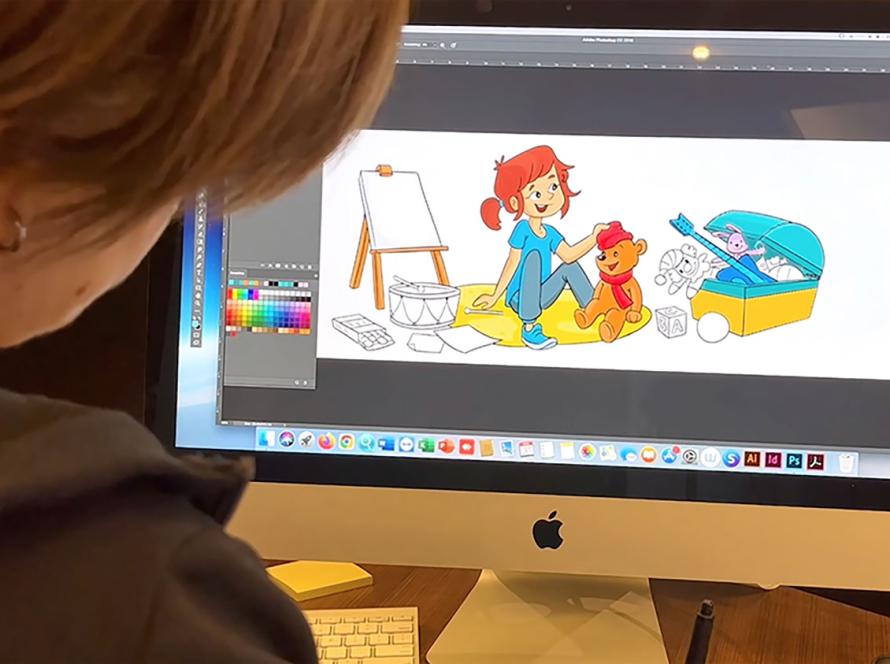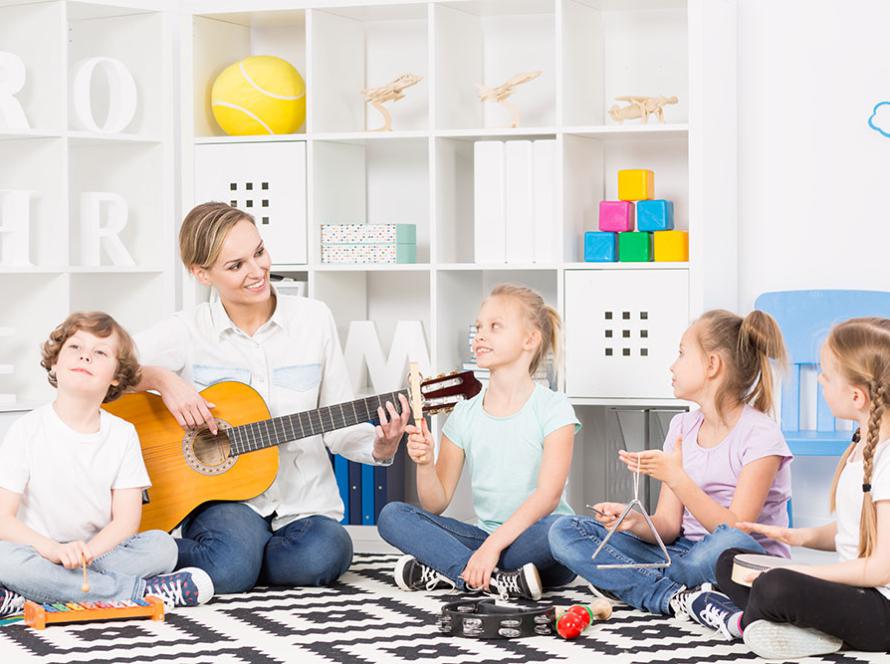From a very young age, children learn how to interact with the world around them. Discipline, and more specifically positive discipline, far from being a constraint, acts as a compass that helps them understand what is acceptable and what is not. A kind and consistent approach provides safe boundaries, essential for their emotional and social development.
Discipline Is Not Synonym of Punishment
Discipline is often associated with punishment. However, it encompasses much more than that. Above all, it is a learning process – a way to instill values and help your child regulate their emotions and behaviors. When applied correctly, discipline promotes autonomy, respect for others, and better anger management.
Taking the time to explain to your child why certain rules exist helps them accept those rules more easily. For example, rather than simply saying “Don’t run into the street!”, explain that it can be dangerous and that cars might not see them. When children understand the reasoning behind a rule, they are more likely to follow it.
Positive Discipline: A Nurturing Approach
What Is Positive Discipline?
Positive discipline is based on a firm yet kind form of parenting. It encourages children to develop a sense of responsibility, to learn from their mistakes, and to understand the consequences of their actions without resorting to fear or humiliation.
This approach emphasizes recognizing effort and encouraging appropriate behavior without causing anxiety. It’s not about being lenient or careless, but about establishing a relationship based on trust and mutual respect. In this way, positive discipline is an essential part of positive parenting.
How to Implement Positive Discipline
- Set clear and consistent rules: A predictable framework helps your child feel safe. Explain the rules calmly and make sure they understand them.
- Encourage rather than punish: Focus on reinforcing good behavior instead of just correcting bad behavior. For instance, instead of saying “Stop shouting!”, try “Speak softly, I’m listening.” This guides the child toward better ways of expressing themselves.
- Be patient and consistent: Repetition is key for children to truly understand and absorb the rules. Change doesn’t happen overnight. Be patient and stay consistent.
- Practice nonviolent communication: Express your expectations without yelling, calmly explaining the consequences of each action. The tone you use with your child has a big impact on their development.
- Lead by example: Your child learns through observation. Model the behavior you want them to adopt. If you want them to say “please” and “thank you,” start by doing it yourself regularly.
The Dangers of a Discipline That’s Too Strict, or Substantially Lacking
Overly Strict Discipline: Potentially Harmful Consequences
An excessively rigid environment, where rules are imposed without explanation, and where fear is used as a means of control, can negatively affect your child’s development. Possible consequences include:
- Low self-esteem.
- Difficulty expressing emotions.
- Increased risk of rebellion or excessive submissiveness.
- Troubled social relationships.
A child subjected to overly strict discipline may also develop chronic stress and a fear of failure. Sometimes, they may act out to test limits, or conversely, withdraw and become afraid to take initiative.
A Lack of Discipline: A Source of Insecurity
On the other hand, a lack of discipline can also be problematic. Without clear boundaries, a child may:
- Feel lost and anxious.
- Struggle to follow social rules.
- Develop impulsive or disrespectful behavior.
Children need guidance. If everything is allowed, they may feel overwhelmed by a world that is perceived as chaotic. They won’t learn how to manage frustrations and may develop egocentric behavior, which can potentially harm their relationships in the long term.
Your Role Is Essential
A Team Effort
Parents are children’s first models of discipline, but teachers also play a vital role in this regard. A consistent approach at home and in school ensures continuity and prevents confusion for the child.
When a child hears contradictory messages at home and in school, they may feel lost. For example, if they are taught at home to express their emotions calmly, but then are expected to remain silent at school without being given any explanation, it can lead to stress or frustration.
Adapting Discipline to Each Child
Every child is unique. What works for one may not work for another. It’s essential to listen, observe, and adjust your approach to suit your child’s specific needs.
Some children are very sensitive and respond poorly to direct sanctions. Others may need a stricter framework to feel safe. It’s important to observe how your child reacts and adapt your methods to their personality.
Conclusion: Finding the Right Balance
Discipline is a powerful tool to help your child grow up in a safe and structured environment. The key is to strike the right balance: to be firm without being rigid, kind without being permissive. By adopting a positive discipline approach, you help your child develop the skills they’ll need throughout their life.
Remember that raising a child is a process that takes time and dedication. It’s not always easy, but by establishing discipline based on respect and understanding, you’re helping your child truly thrive.








